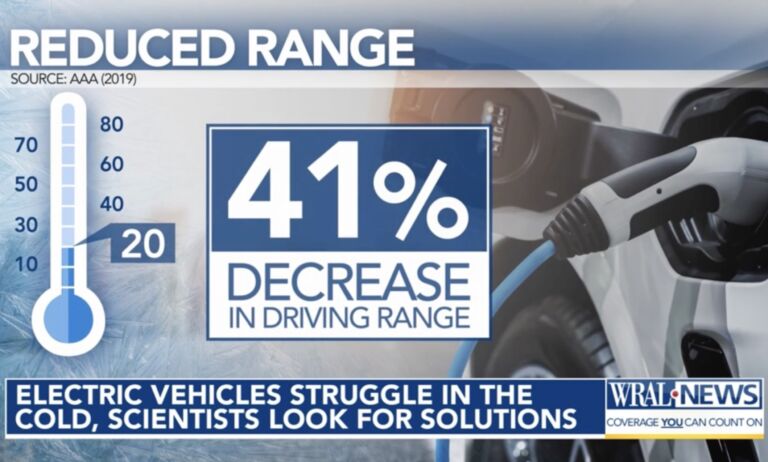Randal O’Toole of the Cato Institute counters the myth that European passenger trains offer a good model for American communities.
The reality is that Europe’s trains are enjoyed by tourists, but they don’t work that much better for Europeans than the U.S. system works for Americans. According to a report published by the European Union, the average European travels a little over 600 miles a year by rail compared with a little over 100 miles by the average American. Yes, that’s six times as much, but the 500-mile difference comes with huge tradeoffs.
First, the high fuel taxes and other policies Europe uses to encourage train travel and discourage driving have greatly suppressed total mobility. According to the same European Union report, the average American travels 15,000 miles a year by automobile compared with fewer than 6,000 by the average European. Gaining 500 rail miles at the expense of losing 9,000 other miles is hardly fair.
Second, Europe’s decision to dedicate its rail network mainly to passengers has pushed a huge amount of freight onto the highways. The same EU report says that 46 percent of European freight goes by truck while only 11 percent goes by rail, while in the United States more than 40 percent goes by rail while just 30 percent goes on the highway.
Moving all of that freight by rail saves a lot more energy than moving a few passengers by rail. Contrary to claims that our railroads are somehow technologically behind those of other countries, we have the most efficient rail network in the world.


